Archives
- 2025-10
- 2025-09
- 2025-03
- 2025-02
- 2025-01
- 2024-12
- 2024-11
- 2024-10
- 2024-09
- 2024-08
- 2024-07
- 2024-06
- 2024-05
- 2024-04
- 2024-03
- 2024-02
- 2024-01
- 2023-12
- 2023-11
- 2023-10
- 2023-09
- 2023-08
- 2023-07
- 2023-06
- 2023-05
- 2023-04
- 2023-03
- 2023-02
- 2023-01
- 2022-12
- 2022-11
- 2022-10
- 2022-09
- 2022-08
- 2022-07
- 2022-06
- 2022-05
- 2022-04
- 2022-03
- 2022-02
- 2022-01
- 2021-12
- 2021-11
- 2021-10
- 2021-09
- 2021-08
- 2021-07
- 2021-06
- 2021-05
- 2021-04
- 2021-03
- 2021-02
- 2021-01
- 2020-12
- 2020-11
- 2020-10
- 2020-09
- 2020-08
- 2020-07
- 2020-06
- 2020-05
- 2020-04
- 2020-03
- 2020-02
- 2020-01
- 2019-12
- 2019-11
- 2019-10
- 2019-09
- 2019-08
- 2019-07
- 2019-06
- 2019-05
- 2019-04
- 2018-11
- 2018-10
- 2018-07
-
The mechanism of transformation into SCLC is
2025-02-28
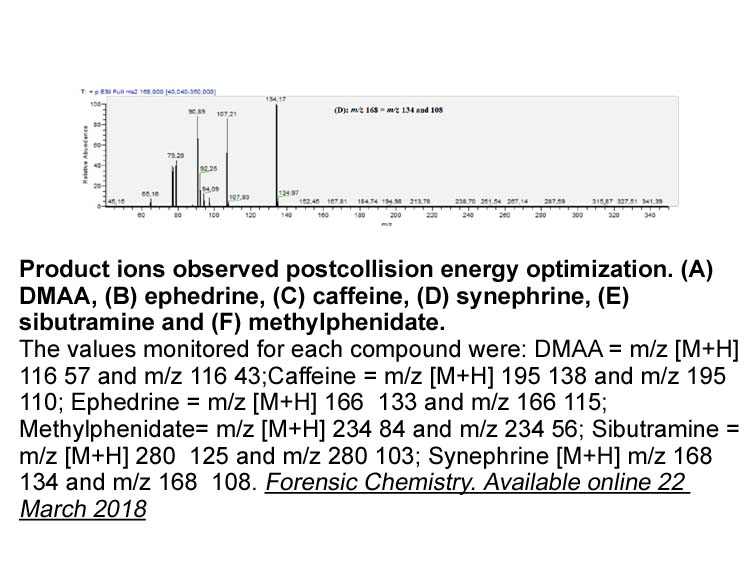
The mechanism of transformation into SCLC is unclear but the loss of retinoblastoma gene (RB) seems important and constitutes an initial event in the tumorigenic process. Some reports revealed the role of the RB gene loss in EGFR mutated NSCLC who transformed into SCLC [15]. In NGS we retrieved mut
-
In conclusion our study would seem to indicate that a
2025-02-28
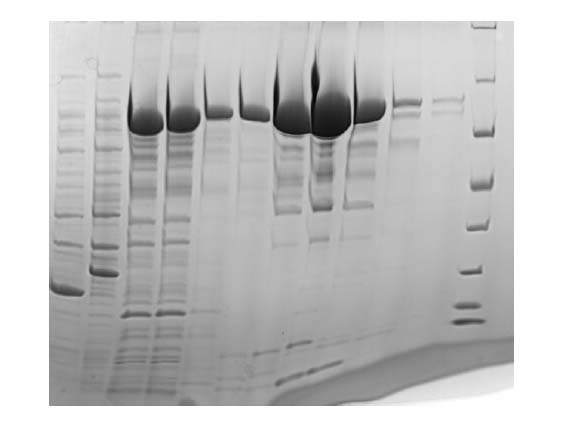
In conclusion, our study would seem to indicate that a hydrophilic microenvironment, which is suitable to accommodate highly hydrophilic molecules with steric hindrance such as aldose hemiacetals, allows the enzyme modulation by one of its most important physiopathological substrates. It is difficul
-
Given these findings above we hypothesized that hypernocicep
2025-02-27
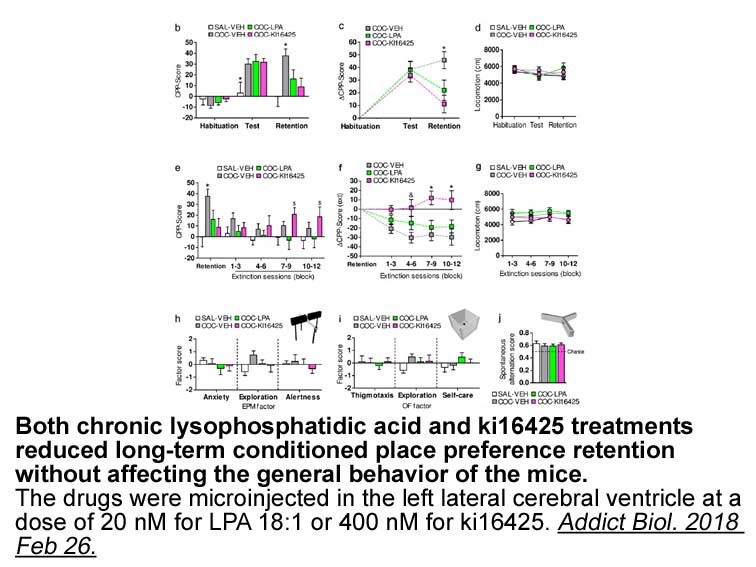
Given these findings above, we hypothesized that hypernociception produced by intra-amygdala 8-OH-DPAT is result of hyperpolarization in this area. This neuronal inhibition of the amygdaloid complex might result in an inactivation of crucial neurotransmitter systems of the descending inhibitory pain
-
Our results using RT PCR
2025-02-27

Our results using RT-PCR confirm earlier findings (Wilisch et al., 1999, Bruno et al., 2004) including the presence of both the P3A+ and P3A− isoforms of the α-subunit (Beeson et al., 1990). The lack of detection of the ε-subunit mRNAs in some thymomas, and lack of α-, β-, δ- and γ-subunit mRNAs by
-
br The MIR The MIR is defined by
2025-02-27

The MIR The MIR is defined by the ability of a single rat mAb to muscle or electric organ AChRs, typically mAb 35, to block binding of half or more of autoantibodies in human MG or EAMG [44], [45], [46]. Antibodies to the MIR are pathologically significant because they exhibit all the major patho
-
br Conflict of interest br Acknowledgments This work
2025-02-27
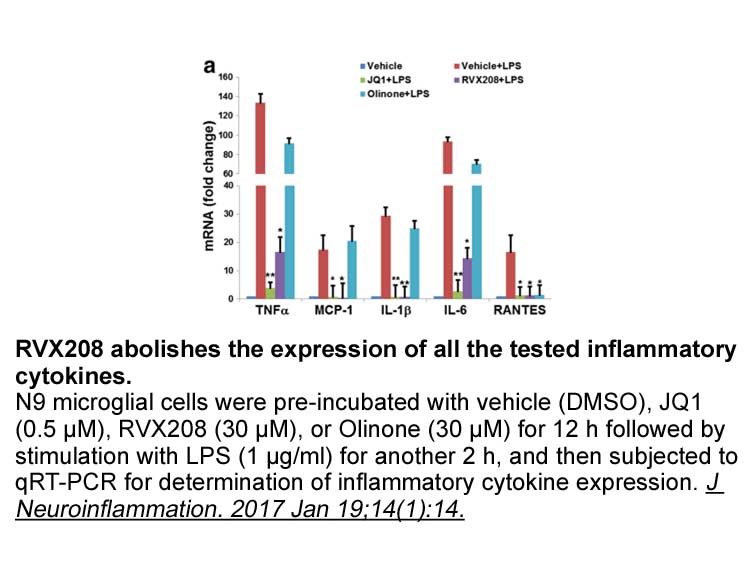
Conflict of interest Acknowledgments This work was supported by research grant [PR26/20326] from Santander Bank/UCM. The authors would like to thank Miguel Capo, Professor of Toxicology from the Universidad Complutense de Madrid, for his counseling during the preparation of the present work.
-
Bioactive peptides contain amino acids with possible bioacti
2025-02-27
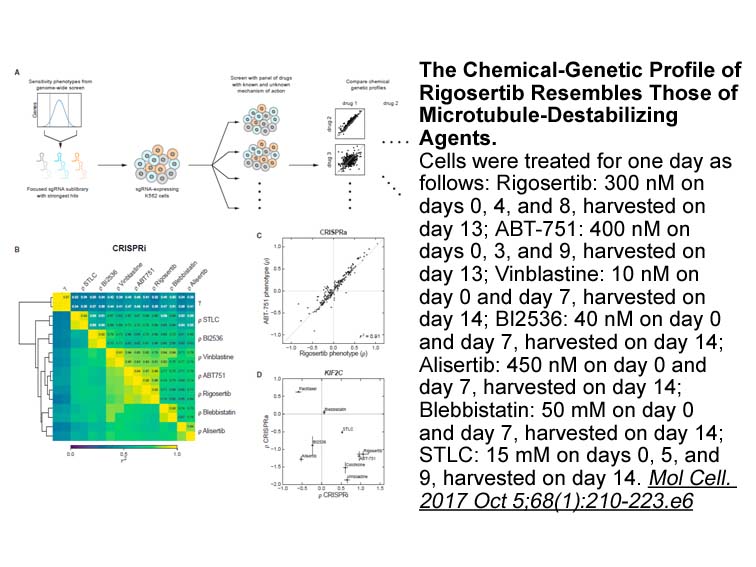
Bioactive peptides contain 2–20 amino acids with possible bioactivities including antihypertensive, antioxidant, antimicrobial, anticancer, and opioid activity [9], [10], [11]. There has been a great interest in antihypertensive peptides for their efficiency in lowering blood pressure. The antihyper
-
Drug resistance development often involves structurally
2025-02-27
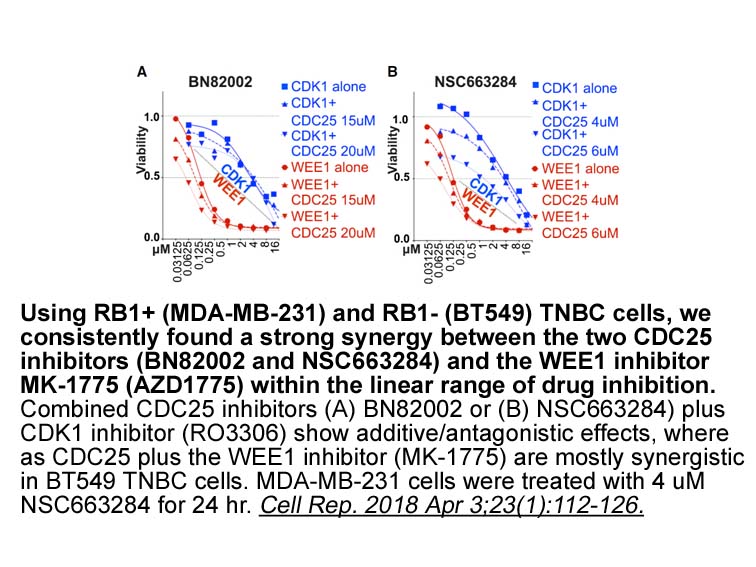
Drug resistance development often involves structurally un-related drugs and, specifically both conventional and targeted agents. IGROV-1/Pt1 Go 6976 are characterized by resistance to cisplatin and reduced sensitivity to inhibitors of EGF-R and MEK, the up-stream activator of ERK1/2, associated wi
-
Accumulating data suggest that ROS trigger autophagy but
2025-02-27
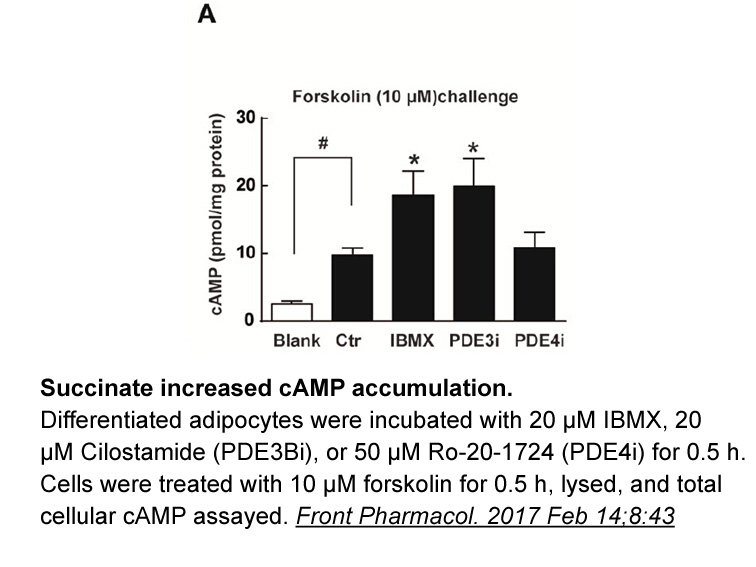
Accumulating data suggest that ROS trigger autophagy but, in turn, autophagy reduces ROS levels [23]. Our results are in agreement because 27-OH mediated autophagy induction interms of LC3 II formation and Beclin 1 protein expression was suppressed by treating the promonocytic cells with the antioxi
-
Z-IETD-FMK Recruitment of the Rad BP mediator to chromatin i
2025-02-27
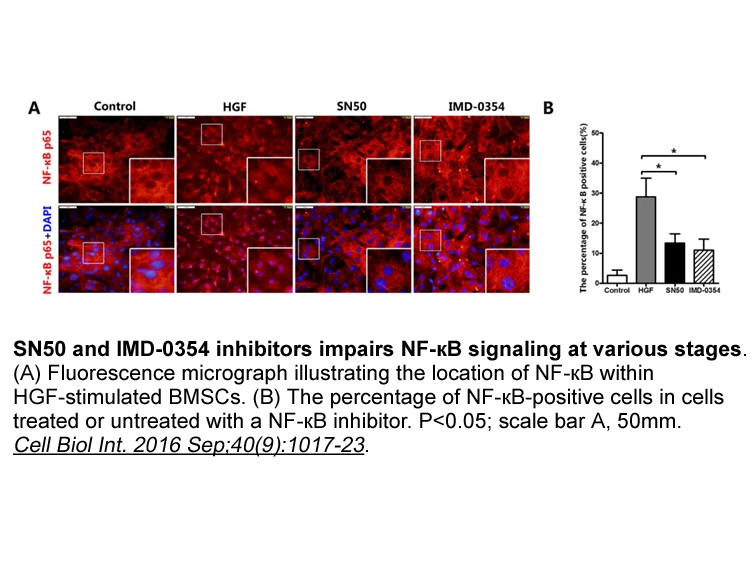
Recruitment of the Rad9/53BP1 mediator to Z-IETD-FMK involves multiple pathways (Fig. 2). In unperturbed conditions, Rad9 is already bound to chromatin via interaction between its Tudor domain and methylated histone H3 at lysine 79 [82], [83], [84], [85]. This constitutive Rad9 recruitment to chrom
-
Currently NSAIDs which achieve antineoplastic actions
2025-02-27
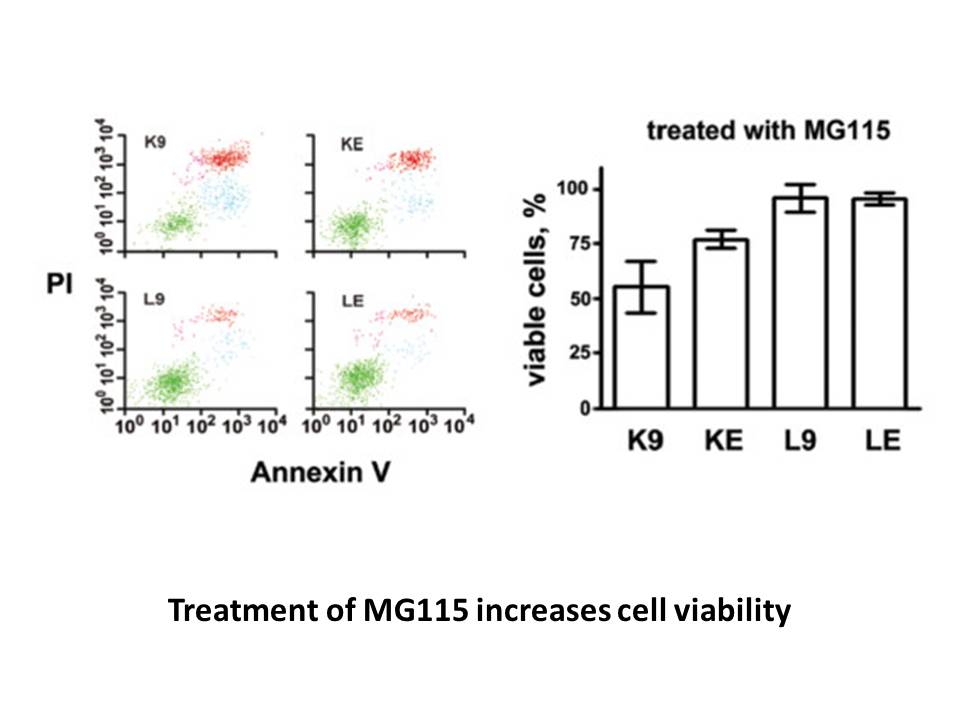
Currently, NSAIDs which achieve antineoplastic actions mainly through apoptosis are emerging choice in chemotherapy. Their antineoplastic effects were demonstrated before in tumor-bearing models [5], [6], [7]. Through in vitro cell models, we identified an indomethacin-activation of ceramide/PP2A/Ak
-
br Apelin Discovered in apelin was
2025-02-27

Apelin Discovered in 1998, apelin was initially identified as the sole endogenous ligand for the APJ receptor (Tatemoto et al., 1998). Apelin-77 (pre-pro-apelin) is the precursor for various pharmacologically active apelin isoforms (e.g. apelin-12, -13, -17 and 36), and it shares 75–95% sequence
-
Several MAP kinases are involved in
2025-02-27
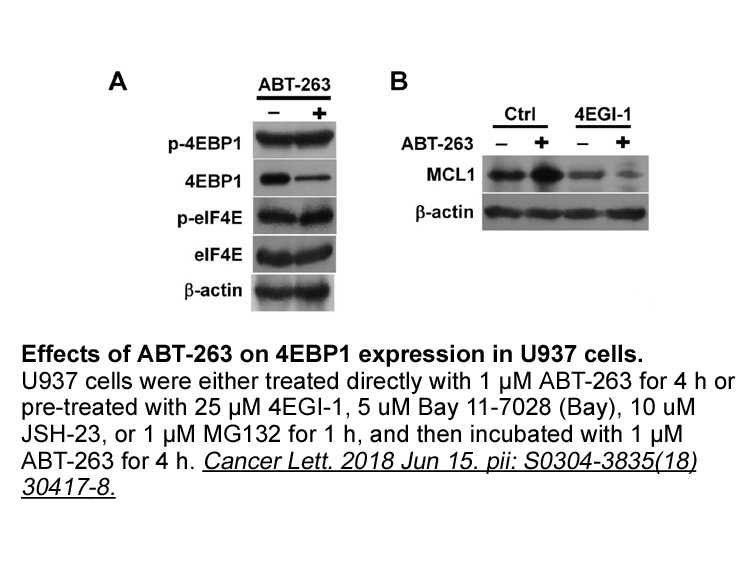
Several MAP kinases are involved in the signal transduction pathways that lead to the upregulations of inflammatory mediators. Moreover, transcriptional activations of STATs are regulated by MAP kinases, as evidenced by reports that p38 MAPK is necessary for the S727 phosphorylation of STATs (Kovari
-
calcifediol A next series of experiments explored whether ca
2025-02-27
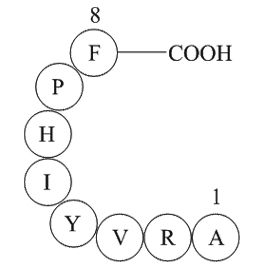
A next series of experiments explored whether cardiac Ampkα1 calcifediol is modified in response to pressure overload imposed by TAC. As a result, 2weeks of TAC treatment significantly increased Ampkα1 protein abundance in cardiac tissue from Ampkα1+/+ mice as compared to sham treated mice (Fig. 6A)
-
It remains unclear to what extent UCP and UCP
2025-02-27
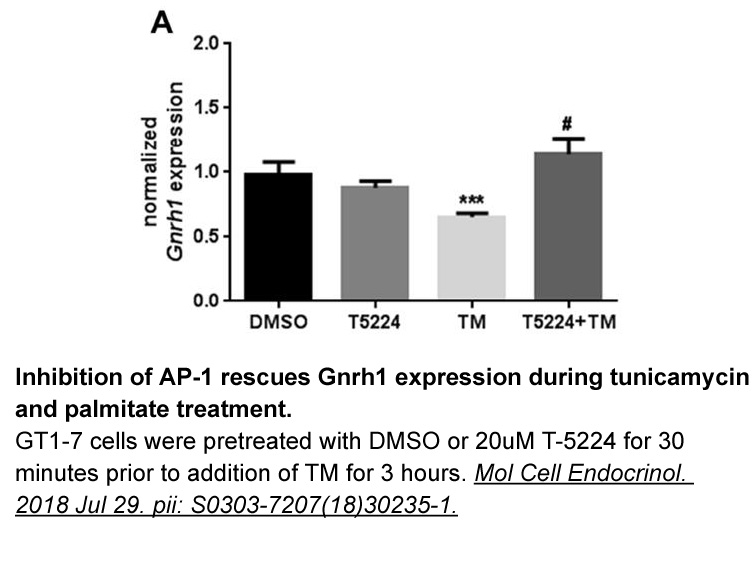
It remains unclear to what extent UCP2 and UCP3 are subject to the same acute molecular regulation as UCP1 (and the extent to which they share the same mechanism of uncoupling). Although they lack sequence homology in a matrix-localised region reportedly critical for fatty 78416 activation of UCP1